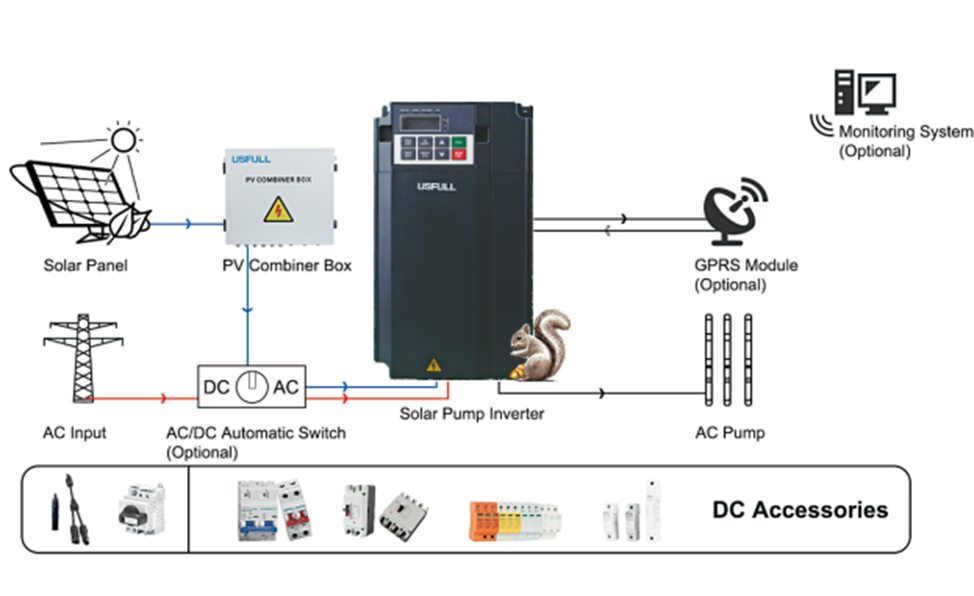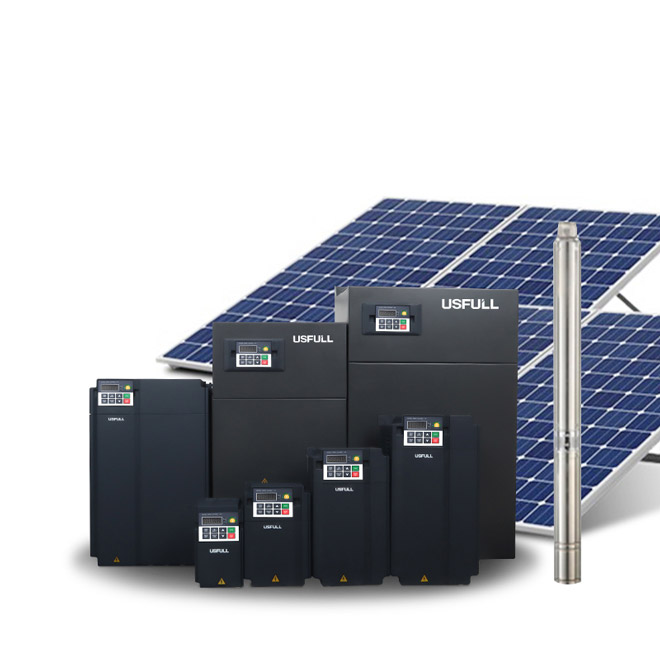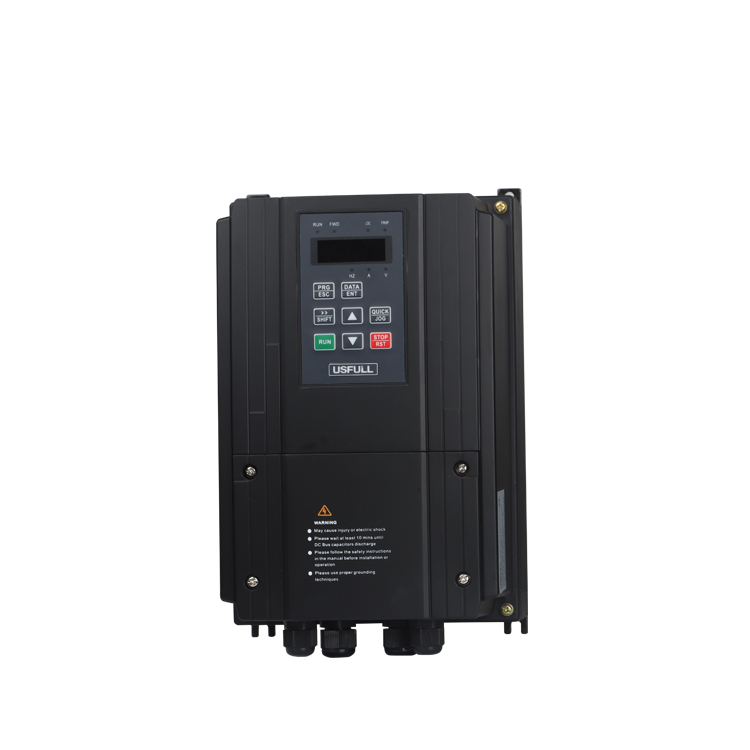Increasing demand for renewal alternative energy
Renewables are a new trend in the energy sector for the past few years, with an increase of 3% in usage in 2020. This is mostly attributed to the 7% growth in electricity generated from renewable resources. Renewables account for 29% of the global electricity production, which is 27% more than in 2019. Moreover, electricity generation is expected to grow by 8% by the end of 2021. Wind and solar PV make up the 2/3rd contributor to renewable growth. China alone accounts for almost 50% of the global hike in renewable electricity this year, followed by America, the European Union, and India (Source, IEA Official Stats, 2021). The stats clearly show that renewable alternative energy is the future of all industries today and in the future.
Renewable Energy in Srilanka
Sri Lanka is one of the regions investing significantly to grow its renewable energy resources to be used for power generation. The current plan of the government is based on increasing the power generation capacity to 6900 MW by 2025 through renewable energy. The country has a rigid connectivity of 98% and its electricity power generation mix includes resources like thermal power (fuel oil and coal), hydropower, and renewable sources like wind and solar power.
USFULL Solar Pumping System Project– The Application of Solar Pump Inverter in Srilanka
The project is about the installation and upgradation of Solar Pump Inverters (USFULL) by Zhejiang Fullwill Electric Co., Ltd, in
Sri Lanka. The solar pump inverters are based on a 2.2KW 220V solar pumping system. Because of their efficiency and high functionality, the project intends to apply GPRS into the system to control the pump remotely. The solar pump inverters obtain the solar energy from the solar panel and convert it into AC current to control the pump.
In the next few sections, we will discuss what product is this and how it works.
Solar Pump System – A Detailed Overview
The solar water pump is run by the electricity generated by the PV (photovoltaic) panels or the heat produced by collected sunlight.
- Solar water pump & its applications
The solar-powered pump utilizes solar energy for working. It is composed of a water storage tank, a breaker/fuse box, electrical cables, a DC water pump, a solar charge controller (MPPT), and a solar panel array. This pump is more efficient to run as it has low installation and maintenance costs.
The solar water pump is a great technology through which remote areas can be provided with water both socially and ecologically. Solar water pumps are substituting the existing pumps and bring various benefits like weather and socio-economy. These pumps are ideal for reservoirs and irrigation systems.
Through these pumps, we can deliver water where it is impossible to install power lines. These pumps are usually used in aeration, aquarium filtration, pond filtration, and well pumps.
The above-mentioned block diagram shows the solar-powered water pump primarily consisting of a controller, battery or electric motor, water pump, and solar panels (PV).
- The solar pump works on the electrical energy received from the solar panels.
- These panels get energy from sunlight.
- The connected motor or battery controls DC or AC.
- The controller of the system adjusts the output power and speed.
- With GPRS technology integration, this mechanism can be controlled remotely.
- Working principle
A solar pump is driven by the photovoltaic (PV) principle. The PV (photovoltaic) systems save solar energy and change it into electricity. This electricity is distributed to the whole system.
The inverter of the pump changes the PV system’s direct current output into alternating current, which runs the pump. These inverters regulate the output frequency and voltage at the same time, corresponding to fluctuations in the sunlight intensity to get the highest power point monitoring.
Once the sunlight intensity starts to decrease, the water lifting system recognizes the act of switching the municipal power that functions as auxiliary energy for the water lifting system.
Features & Application of Solar Power Inverters
Following are the features of Solar Power Inverters used in the project in Sri Lanka.
- High-Efficiency MPPT function: Maximum power point tracking function ensures that the system achieves the highest power output from the solar panel and makes the efficiency of the pumping system to the maximum level.
- For off-grid areas, the solar pump inverter without a battery is the best means of pumping.
- Automatic start and stop in the morning are useful to detect full tank and water shortage of water well, which is a dry & running state detection and processing feature.
- Reservoir water level control is automatic. The inverter is fully automatic. After connecting the cables correctly, power it and it will run.
- Inverters are available in a wide voltage adaption range, which makes them better adapt to the outdoor environment
- The LED display shows real-time system status and parameters, which is ideal for integrating real-time remote monitoring systems like GPRS

Framework for GPRS integration
8. Factors affecting the solar pump systems efficiency
As per the energy flow of the solar pump system, it is essential to consider the important factors that may affect the conversion efficiency in its design.
- Climate
The solar panel modules reside in the natural environment and are prone to factors like wind, lightning, and temperature that affect the photoelectric conversion efficiency of the solar panels (cells). It is important to consider the environmental monitoring and meteorological data in the design process.
- Angle of inclination
The solar panels must absorb sunlight at their best angle, to improve the photoelectric conversion efficiency. This angle of inclination must be actively adjusted as per the changes in seasons, longitude, latitude, and sunshine hours.
- Cleanliness
The dirty solar panel surface affects the photoelectric power conversion. One must know the actual status of solar panels being polluted in the environment, level of contamination, especially the effect of strong wind, sandstorm weather, and strong convection on the surface of solar panels.
- Shading
This is about the solar panel spacing design. Sheltered solar panels impact the power generation capacity of the solar system. Therefore, it is important to see the shading of the building to the solar panels as well as the self-shading among the solar panels.
- MPPT tracking
With the change in sunshine and temperature, solar panels’ output voltage changes accordingly, along with a change in the output power of the PV array. The objective of maximum power point tracking (MPPT) for the solar inverter is to let the PV array gain maximum power output if the sunlight and temperature change. Hence, the accuracy of the MPPT affects the system’s efficiency. USFULL MPPT solar charge controllers have high charging efficiency and tracking accuracy of over 99%.
Conclusion
Hike in electricity generation from renewable sources seems to push the share of renewables in the electricity generation mix to as high as 30% in 2021. Globally, solar PV electricity generation is projected to increase by 145 TWh, i.e. almost 18%, to reach 1 000 TWh by the end of 2021. Solar pump inverters, driven by renewable resources i.e. sunlight, are rising in use across the world because of their high functionality, integration compatibility with different technologies, and low price. With a monitoring system and GPRS module in the project in Srilanka,
Users can control the solar pumping system from a distance. Users can control the working status of the solar pump inverter, check real-time monitoring (including MPPT, frequency, fault management, and other information at a few clicks.



